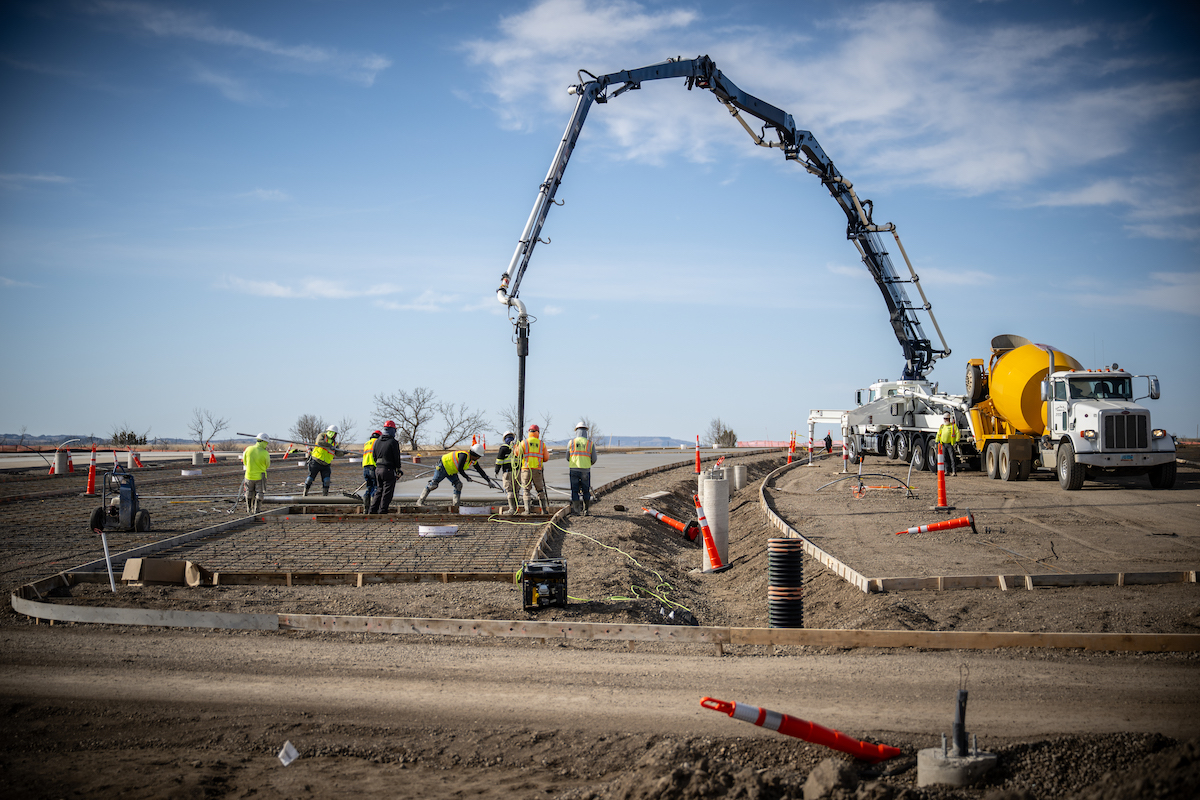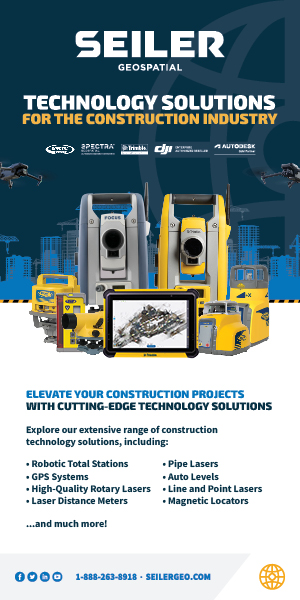I always enjoy this “season of wonder”, as it gets me excited about possibilities and drives me to dream big. Inevitably, it reminds of the scene in “Aladdin” in which the genie – voiced by the hilarious Robin Williams – grants Aladdin three wishes when he discovers the magic lamp in the cave of wonders. The genie tells Aladdin he gets "three wishes, three. Uno, dos, tres, no substitutions, exchanges, or refunds, and ixnay on the wishing for more wishes."
This year, this same scene also makes me think about the emergence of AI and what lies ahead for this extraordinary technology. In 2023, AI burst onto the world stage with the emergence of ChatGPT. And there is no putting this genie back in the bottle. People, companies, and governments are all charging ahead to find creative uses for generative AI. The possibilities are mind-boggling.
We work in construction, an industry that has not historically been quick to adopt new technologies. But in the last few years, with the evolution of construction technology, this has begun to change. Our sector will benefit from the emergence of AI like so many others. So, if I were to look ahead to 2024 and make my three wishes on how this influential technology will shape our sector, what would those wishes include?
ALICE was originally created for companies that would start this optioneering process with a BIM model. But many general contractors and owners don’t yet use BIM – particularly in the U.S. My wish for 2024, therefore, is to see this AI-driven optimization magic extended to companies that create their first draft schedules using more traditional tools, such as Oracle’s Primavera 6. Serving this audience would significantly expand the number of general contractors and owners who could benefit from optioneering. With that greater scope, the construction industry could have a chance to finally shake its reputation for consistently delivering projects behind schedule and over budget.

| Your local Volvo Construction Equipment dealer |
|---|
| Nuss Truck & Equipment |
Recently, I spent a day on the job site with a general contractor that was building a section of the HS2 high-speed rail system in the UK. For me, just as impressive as the structure they were building was the tremendous amount of earth that they had to move each day – 20 huge trucks full of dirt, which they were transporting from one part of the site to another as they built this cut-and-cover tunnel for the project. “We move the equivalent of an Olympic swimming pool full of earth every day,” I was told.
Imagine the savings in labor and cost if this work could all be done by self-driving vehicles. And imagine the efficiencies if the trucks that brought materials like concrete and cement to the site and hauled away waste were all also self-propelled. Then, go one step further and picture if the scheduling of these “lorry” trips was orchestrated by the kind of AI-driven scheduling software that I described earlier, ensuring that we maximized the use of the assets.
This may feel like science fiction, but it’s not. Companies like Built Robotics are already transforming heavy construction equipment into autonomous robots used to build solar farms more efficiently. My wish for self-propelled trucks is not so far-fetched, and I’m optimistic that we’ll see major innovation in this sector in 2024.
The world continues to build such structures at a tremendous pace – and they use a tremendous amount of energy. In fact, according to Bill Gates, the world will build an entire New York City every month for the next 40 years. Optimizing the energy usage in these buildings via AI could make a big difference in the carbon footprint caused by their operation.
There are those who worry deeply about the rise of AI. They wring their hands and vent their concerns in the popular press, and they’ve received a lot of attention in this past year. I’m not naive, and I know that the blossoming of AI will disrupt industries, change the employment landscape, and challenge privacy. But at my core, I’m an optimist. And now that AI has broken its historical shackles, I’m focused on the good it can do – particularly in a sector like construction that has traditionally been a tech laggard. This time, we can lead. While my wishes for 2024 may seem unattainable to some, I think that instead, they are closer than many may understand.








































































